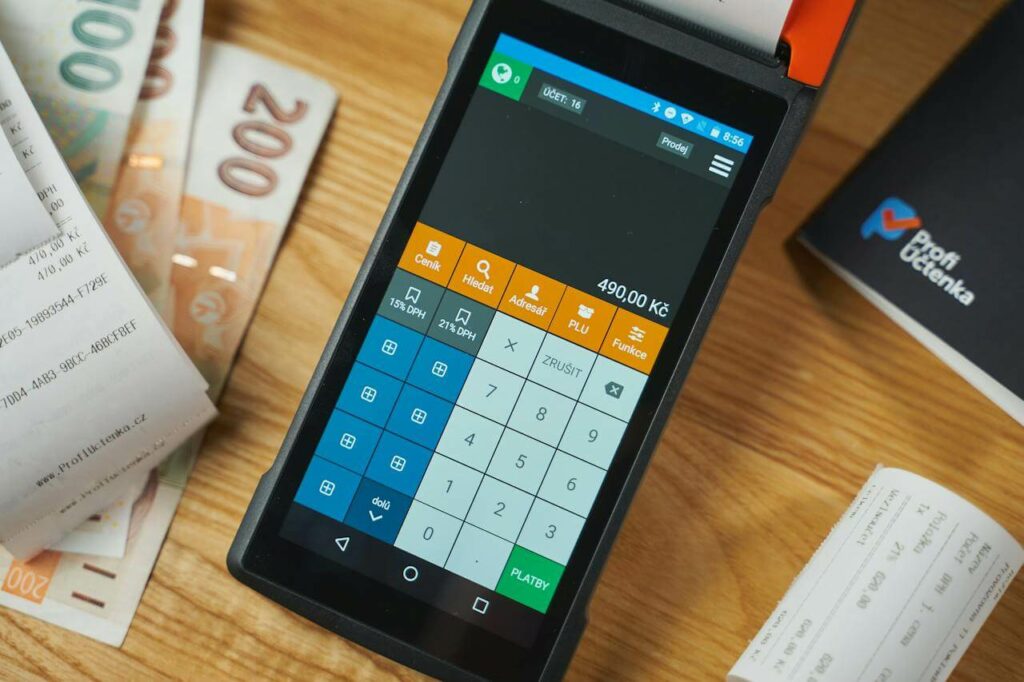

Gambling is an activity which is done primarily for two purposes. First, gambling is regarded as a recreational activity hence bettors engage in it for fun. Second, owing to its nature of churning out handsome payouts here and there, bettors engage in gambling for profit. To ensure that a gambling session is as fun and rewarding as one would expect and desire, bettors must follow certain gambling fundamentals. One such entails following a proper bankroll management strategy.
What Is a Bankroll and Its Importance to Gambling?
Before we start explaining what bankroll management is and highlighting all the different bankroll management strategies, we all must get on the same page as to what the term ‘bankroll’ means. In simple terms, bankroll is the money that the punter sets aside for wagering purposes. The rule of thumb in the gambling industry is that the bankroll should entirely be money that the punter can afford to lose (albeit not expecting this to be the case).

Some may be wondering, what’s the importance of a bankroll. Can I not just use the money in my wallet as my bankroll without going through the complexities of partitioning funds? The thing is, having a bankroll and following a bankroll management strategy is a gambling fundamental. It serves two primary purposes which are as follows:
- Prevents you from chasing the big win: When it comes to sports betting or gambling in general, at times, bettors may find themselves distraught by the results from their previous wagers. A string of defeats may push some into chasing that one elusive big win by putting all their chips (entire bankroll) on one event. This often is a recipe for desire which is prevented when following a proper bankroll management strategy.
- Helps you survive multiple losses in a losing streak: While unfortunate and unwanted, losing streaks may come. However, when implementing a bankroll management strategy, you can easily weather any losing streak.
How to Manage the Bankroll
At the start, you need to decide how much money you want to set aside as your bankroll. On this front, you need to be guided by the gambling rule of thumb that is, always set aside money that you can afford to lose.

Once you have set aside your bankroll, the next step is to wittingly partition the bankroll into small units (wager size) for each bet that you place. On this front, you will be guided by the bankroll management strategy that you want to use.
While this is the case, it’s recommended for first-time punters to always follow the general rule of the wager size for each bet to be 2% or less of the bankroll. Only pro punters are advised to go above this mark albeit following these guidelines: the average punters can peg their wager size for each bet to be 3% of the bankroll while the high rollers can peg their wager size for each bet to be 4%-5% of the bankroll.
The Top Bankroll Management Strategies
Over the years, pro punters who have amassed a massive wealth of gambling experience as well as top mathematicians and statisticians eager to beat the house have designed various strategies all aimed at improving their odds of winning. While these aren’t foolproof, they sure do enhance punters’ chances of managing their bankroll sustainably. Some of the most favoured bankroll management strategies include:
Flat Betting Model
The flat betting model is the easiest to grasp among all bankroll management strategies. This strategy entails setting a unit size and then betting one unit for each wager. When using this strategy, punters just follow the strategy’s main rule without considering factors such as the teams’ form. The strategy can however be used in two ways that is, the ‘win’ or ‘risk’ approaches. Putting this into perspective, the former approach when betting on an event with -110 odds will see the punter bet 1.1 units to win 1 unit while the latter approach when betting on the same event with -110 odds will see the punter bet 0.91 units to win 1 unit.
Percentage Model
The percentage model borrows much of its tenets from the flat betting model. This is necessitated by the fact that it uses the unit size for the first bet. Afterwards, the percentage of the current bankroll amount will be used to determine the unit size hence the wager. To put this into perspective, if the punter starts with a $1,000 bankroll and 1 unit worth 2%, the first wager will be $20. However, if this first bet results in a win the bankroll increases to $1,100, and the next bet will be 1 unit of $1,100 hence $22.
Potential Return Model
Instead of focusing largely on the bankroll size as is the case with the first two strategies above, the potential return model focuses more on the odds of the event/s the punter wants to bet on. This in essence means instead of punters wagering 1 unit per bet, they aim to win 1 unit per bet. Using the example of an event with -110 odds, the punter will have to wager 1.10 units to win 1 unit. This strategy is largely used when backing the favourite.
Practises to Help You Stick to Your Bankroll Management

To succeed in the gambling world, you need to be a shrewd punter but above all, you need to have discipline. It is this discipline that will help you to gamble responsibly and also to adhere strictly to whatever bankroll management strategy you are implementing. Some of the practices which help you maintain your discipline include:
- Never chase losses
- Avoid gambling when under the influence
- Bet what you can afford to lose
- Remove emotions from your decision-making.
Round Up
When it comes to gambling, any form of gambling, it’s rare if not impossible for bettors to string a win after a win. Sometimes, losses occur and, in some events, the losses may come consecutively hence creating a losing streak. When such streaks occur, bettors can stay in the game until the good times come but only if they are implementing proper bankroll management strategies. All these are highlighted in this comprehensive article.
Frequently Asked Questions (FAQ)
Q1. What is a bankroll?
A bankroll refers to the money that a bettor sets aside for wagering purposes.
Q2. What is bankroll management?
Bankroll management refers to how the bettor wittingly partitions and controls the gambling funds to minimise the risk of recording substantial losses hence gambling responsibly.
Q3. What’s the recommended unit size to bet with from my bankroll?
The recommended unit size to bet with is 2% of the total bankroll.
Q4. How can I choose the best bankroll management strategy to use?
There are various bankroll management strategies that punters can use. Punters should check out all these and learn their pros and cons such that they pick the one that’s most desirable to them.
Q5. What should I do to adhere strictly to bankroll management?
To adhere strictly to bankroll management, it’s recommended not to gamble under the influence, to shun chasing losses, to remove emotions from decision-making, and to bet only what you can afford to lose.



